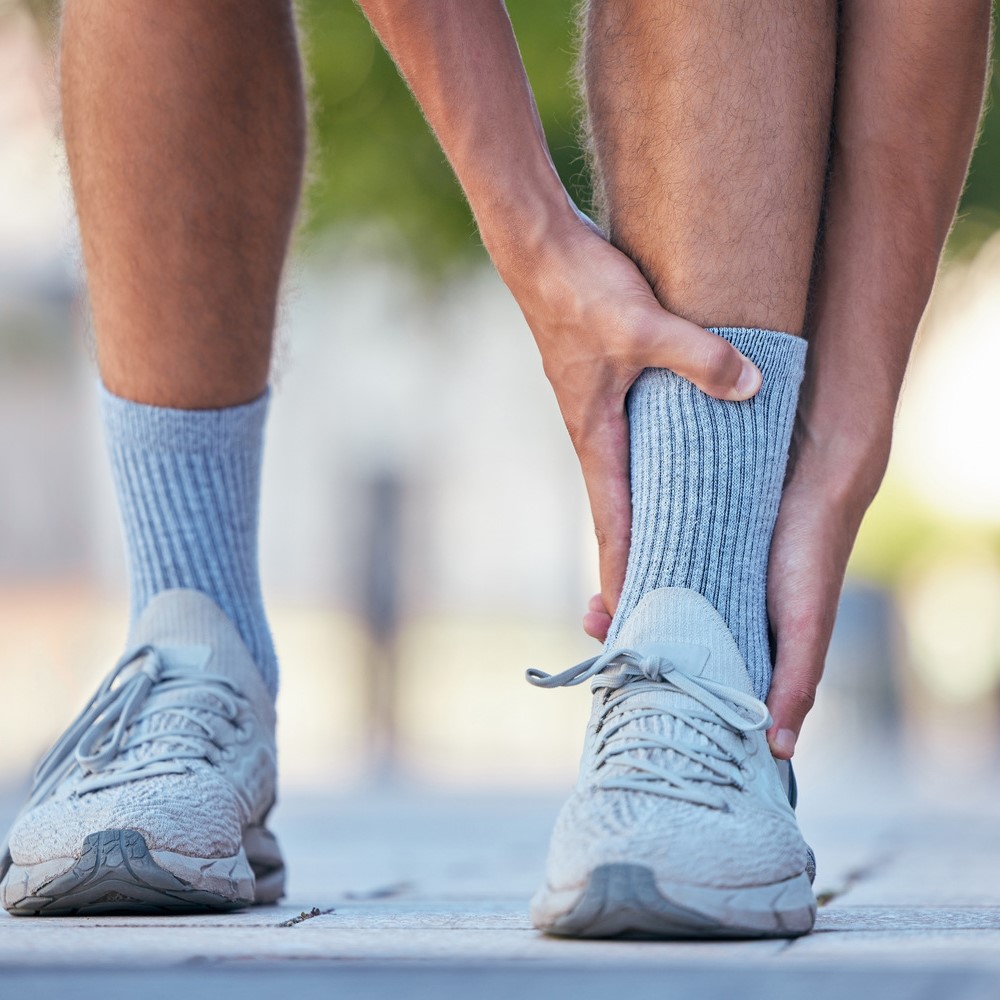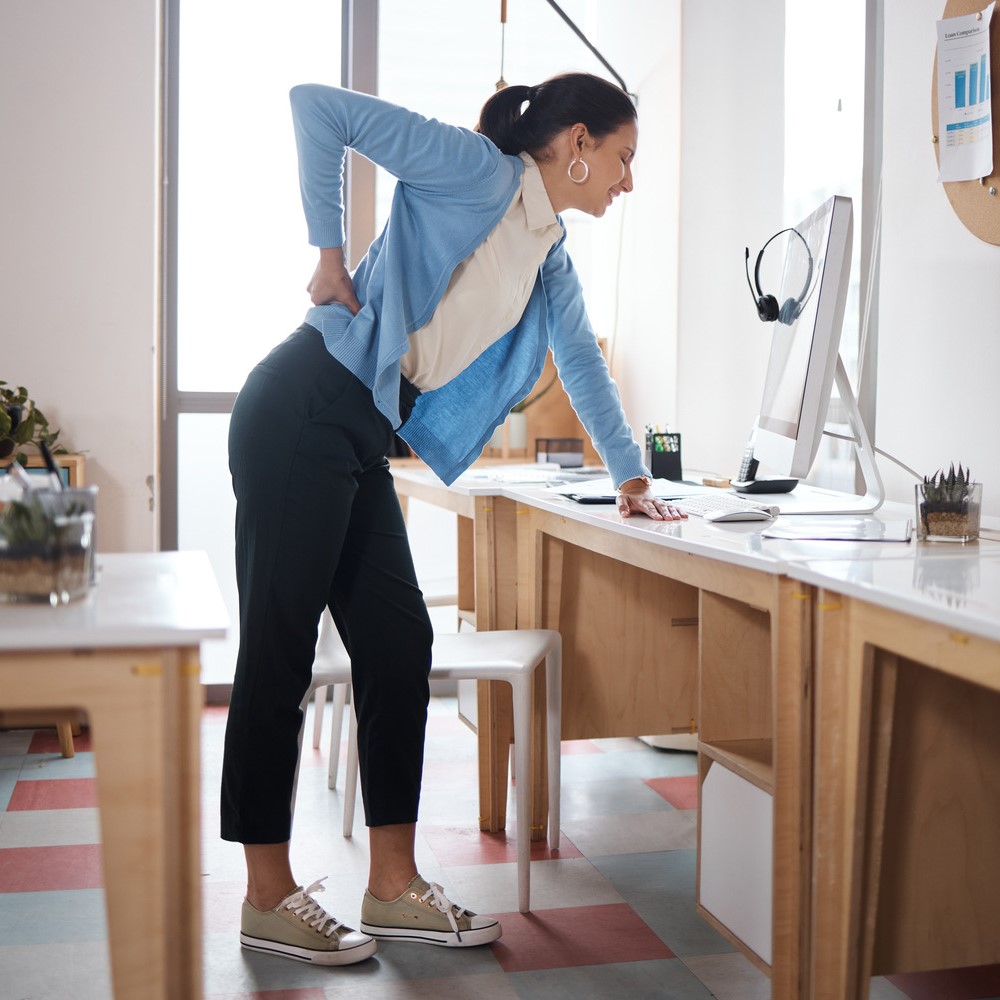Foot Care for Pregnant Women!
Pregnancy can be a wonderful time in a woman’s life, but it can also be a time of physical changes. One of the most common changes that pregnant women experience is foot pain. This is due to many factors, including weight gain, hormonal changes, and the shifting of the center of gravity. But there are things you can do to take care of your feet during pregnancy and prevent them from becoming a major source of discomfort. In this blog post, we’ll discuss some of the most common foot problems that pregnant women experience, as well as some tips on how to keep your feet healthy and comfortable throughout your pregnancy. So, whether you’re just starting to show up or you’re nearing the end of your pregnancy, read on for some essential tips on foot care for pregnant women. Foot Care for Pregnant Here are some additional tips for pregnant women to help take care of their feet: Keep your feet clean and dry. Apply lotion to your feet regularly. Trim your toenails straight across. Avoid walking barefoot. If you have to stand for long periods of time, take breaks to walk around or sit down. By following these tips, you can help to keep your feet healthy and comfortable during pregnancy. Dealing with Pregnancy-Related Foot Changes Even if you are following the mentioned tips on foot care for pregnant women, you may experience some pregnancy-related foot changes. If you are pregnant and are experiencing foot pain, there are a few things you can do to help alleviate the discomfort including: Wear supportive shoes. Shoes that are too loose or too tight can make the pain worse. Look for shoes that have good arch support and that are made of breathable material. Tips for choosing good shoes. Avoid wearing high heels during pregnancy. High heels can put a lot of stress on your feet and ankles, which can make the pain worse. Instead, opt for flats or low-heeled shoes. In addition to wearing supportive shoes, you can also try the following tips to help relieve foot pain: Massage your feet: Massaging your feet can help to improve circulation and reduce inflammation. You can use massage oil or lotion to help your hands glide over your feet. Take warm baths: Soaking your feet in warm water can help to relax your muscles and relieve pain. You can add Epsom salts to the water to increase the relaxation benefits. Elevate your feet: Elevating your feet can help to reduce swelling and pain. You can prop your feet up on a pillow or a stack of books. Stretch your feet: Stretching your feet can help to improve flexibility and reduce pain. There are a number of different stretches that you can do, such as pointing your toes, flexing your feet, and circling your ankles. If you are experiencing severe foot pain, you should talk to your doctor. They may be able to recommend other treatments or refer you to a podiatrist.
Foot Care for Pregnant Women! Read More »











